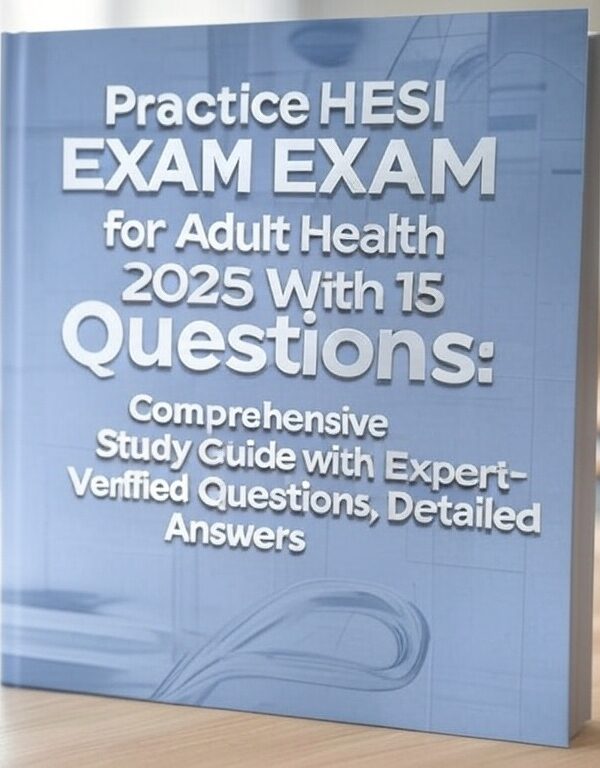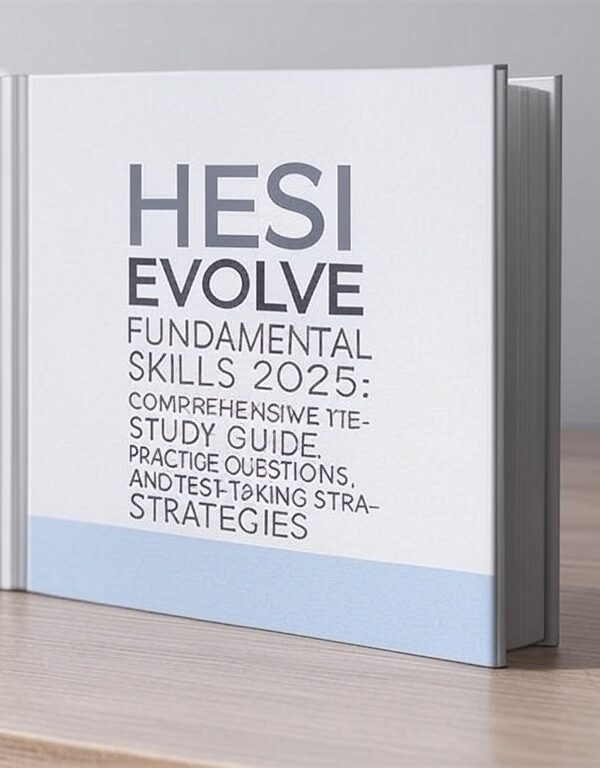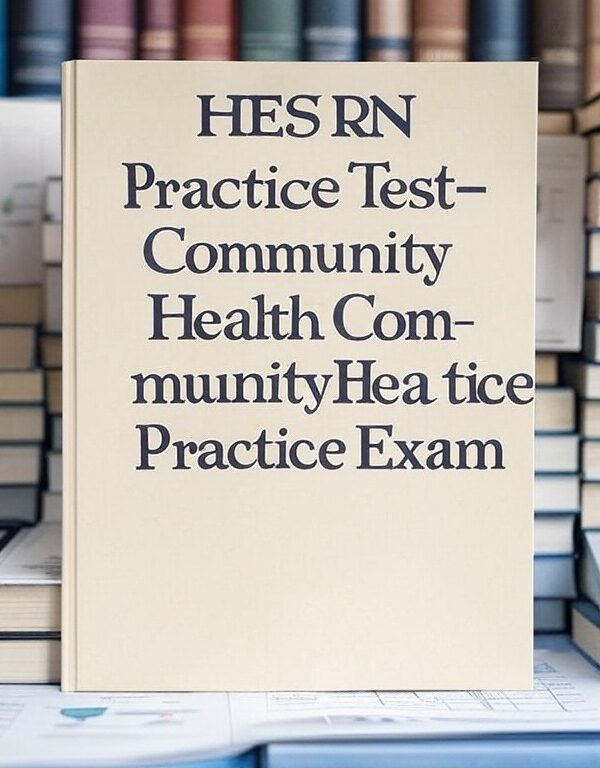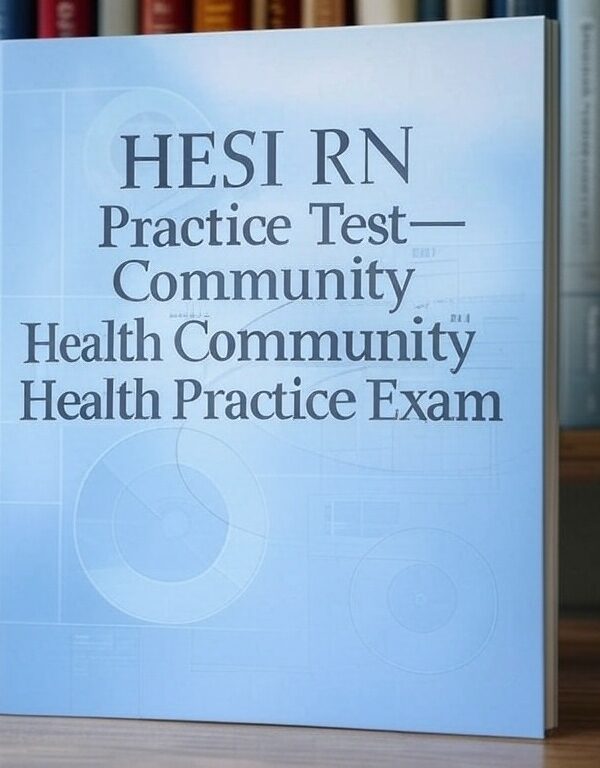-
Effective Study Tips: Practical strategies to optimize your HESI preparation.
-
150 Sample Questions: Comprehensive practice with detailed answer explanations.
-
Review Guide: In-depth coverage of essential nursing school topics for the HESI exam.
-
Tailored for Nursing Students: Focused content to help you excel on the 2025 exam.
-
Updated for 2025: Aligned with the latest HESI exam format and standards.
Preview
A laxative has been prescribed for a client with diminished colonic motor response as a
means of promoting defecation. The nurse provides information to the client about the
medication. What does the nurse tell the client to do?
Increase fluid intake
Consume low-fiber foods
Consume foods that are low in potassium
Contact the primary health care provider if the urine turns yellow-brown – – correct ans-
Increase fluid intake
Rationale: The nurse encourages the client to increase fluid intake, to consume a highfiber
diet, and to exercise. Hypokalemia may result from use of a laxative, so the nurse
encourages the client to consume foods high in potassium. The client’s urine may turn pink
red, red-violet, red-brown, or yellow-brown, but the client is told that this is a temporary,
harmless effect.
A nurse in the cardiac care unit (CCU) is told that a client with a diagnosis of myocardial
infarction (MI) will be admitted from the emergency department (ED). Which item does the
nurse give priority to placing at the client’s bedside?
Bedside commode
Suctioning equipment
Electrocardiography machine
Oxygen cannula and flowmeter – – correct ans- -Oxygen cannula and flowmeter
Rationale: The oxygen cannula and flowmeter are the priority. The client will require oxygen
therapy after myocardial infarction to improve oxygen supply to the myocardium and ease
the pain resulting from ischemia. Suctioning equipment is not the priority item but may be
needed if a complication occurs. An electrocardiogram machine and bedside commode may
be necessary but are not the priority items.












Reviews
There are no reviews yet.